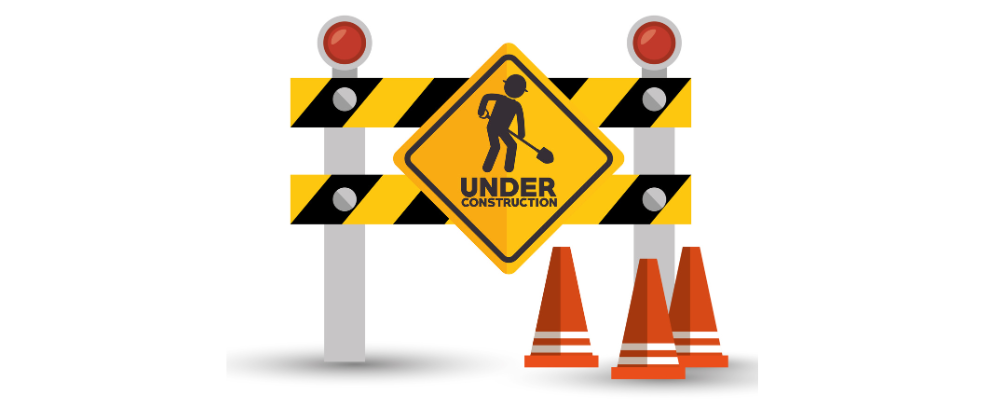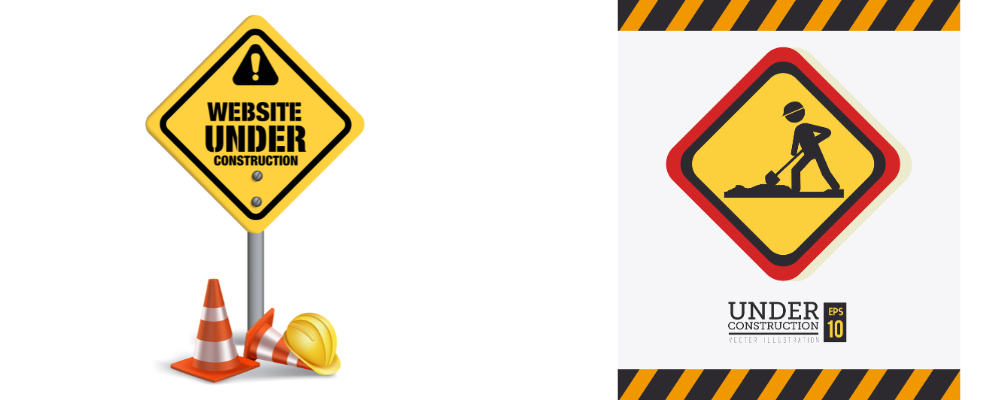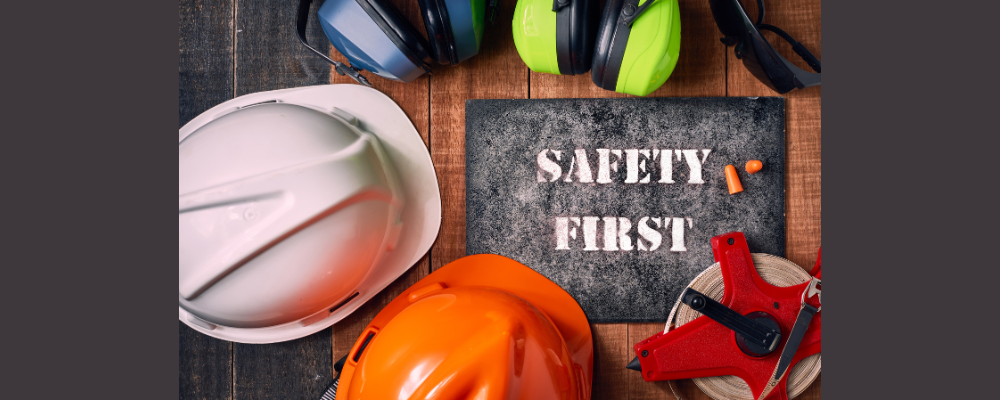
Introduction
Construction Sign is an unwavering cornerstone in the dynamic construction world rather than just a priority. Health and safety signs play a silent yet vital role, serving as vigilant protectors within construction sites. These signs go beyond symbols; they act as guiding beacons, steering workers away from hazards and reinforcing necessary precautions.
Adhering to safety regulations isn’t about ticking boxes; it’s a commitment to preserving lives. It’s about fostering a culture where workers’ well-being takes center stage. These signs aren’t stationary markers; they’re active reminders, emphasizing the importance of safety in every action, preventing mishaps, and ensuring every individual leaves the site unharmed.
Understanding Construction Sign
Construction Signs are indispensable visual aids within construction sites, serving as crucial tools for conveying essential information regarding potential hazards, preventive measures, and vital safety protocols. Their significance spans across various key purposes:
- Hazard Communication: Construction Signs effectively communicate diverse hazards existing within construction sites. These signs are pivotal in empowering workers to recognize and take necessary precautions to mitigate risks, whether it’s the presence of electrical risks, chemical exposure, or other potential dangers.
- Preventive Measures: Their primary function extends beyond merely indicating hazards; they provide clear and explicit instructions on the safety measures to be taken. From highlighting the requirement of protective gear to marking restricted or hazardous areas, these signs guide workers in adopting necessary precautions for their safety.
- Safety Awareness and Education: Vital in educating workers about safety measures, Construction Signs play a fundamental role in fostering a comprehensive understanding of safety protocols. They are crucial in informing seasoned and new workers about evolving or novel hazards on-site, contributing significantly to creating a safer work environment and reducing potential accidents.
- Emergency Preparedness: Specific signs, such as those indicating emergency exits, first aid stations, or firefighting equipment locations, play an indispensable role in emergencies. They are critical navigational aids during high-stress situations, facilitating swift responses and ensuring efficient evacuation procedures.
The effectiveness of these signs lies in their utilization of universally recognized symbols, colors, and text, ensuring seamless comprehension irrespective of language barriers. This universal understanding makes these signs integral to promoting safety awareness and adherence within the construction industry. Their visual nature transcends linguistic limitations, enhancing their efficacy in relaying crucial safety information to workers on-site.

Regulatory Standards
Health and safety signs in construction adhere to stringent standards established by authoritative bodies such as the American National Standards Institute (ANSI) and the Occupational Safety and Health Administration (OSHA). These standards ensure uniformity, effectiveness, and compliance across construction sites.
- ANSI Standards: Guidelines for safety sign design, colors, and formats are set forth to enhance clarity and visibility, categorizing signs like danger, warning, caution, and safety instruction signs, each with distinct visual elements conveying specific messages.
- OSHA Regulations: Mandates standardized safety signs in workplaces, including construction sites, ensuring signs comply with specific design criteria and provide accurate information about risks and safety measures.
Adhering to these regulatory standards ensures legal compliance and fosters safer work environments, enabling workers to readily identify and understand Construction Signs, regardless of location or employer.
Importance of Training and Awareness
Training programs focused on comprehending safety signs are essential for construction workers’ safety. These programs should include:
- Identification and Meaning: Detailed sessions outlining commonly encountered safety signs, including warning signs, prohibitions, mandatory instructions, and emergency signs.
- Interpretation and Response: Practical scenarios simulating real-life situations where workers learn to interpret signs accurately and respond effectively in hazardous conditions.
- Regulatory Compliance: Comprehensive knowledge about adhering to regulatory standards set by entities like OSHA and ANSI concerning the use and understanding of safety signs.
Comprehensive training in Health and Safety Signs comprehension offers several advantages:
- Enhanced Safety: Empowered workers better identify potential dangers and take proactive measures to mitigate risks.
- Reduced Accidents: Knowledgeable workers minimize accidents caused by ignorance or misinterpretation.
- Regulatory Compliance: Properly trained workers ensure compliance with safety regulations, fostering safer working environments.
Promoting a Safety Culture
Creating a safety-centric mindset within construction teams significantly contributes to overall site safety. Strategies for fostering this culture include:
- Leadership Role: Encouraging leadership to set an example by prioritizing safety in actions and decisions, influencing the entire team.
- Team Engagement: Involving workers in safety initiatives, seeking their input on safety protocols, and acknowledging their contributions fosters a sense of ownership and responsibility.
- Continuous Improvement: Establishing a feedback loop where workers can openly discuss safety concerns and suggest improvements creates a culture of constant safety enhancement.
Regular Safety Briefings
Regular safety meetings reinforce the importance of Construction Signs. Practical safety briefings involve:
- Information Dissemination: Providing updated information on new signs, safety protocols, and any changes in regulations.
- Interactive Sessions: Engaging in discussions or demonstrations highlighting the significance and relevance of specific signs to on-site safety.
- Open Communication: Creating an environment where workers feel comfortable discussing Construction Signs’s safety concerns and seeking clarification about safety signs enhances their understanding and adherence.
Types of Safety Signs
Construction Signs in construction sites serve distinct functions, aiding in risk mitigation and worker protection:
- Warning Signs: Indicating potential hazards that could cause harm, alerting workers to take necessary precautions.
- Prohibition Signs: Conveying prohibited actions or behaviors within a specific area to ensure safety.
- Mandatory Signs: Specifying actions that must be undertaken to maintain safety standards.
- Emergency Signs: Indicating emergency facilities or equipment locations and guiding workers to safety exits or first aid stations.
Product Features
“Site and Safety Solutions” presents a range of Construction Signs tailored to construction site needs:
- Caution Eye Protection Sign: Alerts workers to potential eye hazards, promoting the use of protective gear in designated areas.
- Personal Hygiene Sign: Encourages hygiene practices crucial for preventing contamination in construction environments.
- No Smoking Sign: Prohibits smoking in designated areas, reducing fire hazards.
- Construction Site Authorized Personnel Only Sign: Emphasizes site security by limiting access to authorized personnel.
- Danger Flammable Sign: Alerts workers to flammable materials, prompting necessary precautions to prevent accidents.
Each product aligns with specific Construction Signs categories, addressing diverse safety concerns in construction while meeting regulatory standards.
Best Practices for Safety Signs Implementation
Effective implementation involves optimal placement, visibility, maintenance, and compliance:
- Placement and Visibility: Signs should be strategically placed at eye level in high-risk areas with contrasting colors and clear fonts for easy comprehension.
- Maintenance and Compliance: Regular checks and updates ensure signs remain visible, undamaged, and compliant with evolving safety standards.
Implementing these practices ensures health and Construction Signs effectively communicate essential information, reduce accidents, and promote safer working environments for construction workers.
Evolving Technology in Safety Signage
Technological advancements are transforming safety signage:
- Digital Signage: Conveying dynamic safety information, providing real-time updates, and adapting to changing site conditions.
- Smart Sensors: Detecting environmental hazards and triggering appropriate warnings, enhancing responsiveness to immediate risks.
- Augmented Reality (AR): Overlapping information onto physical surroundings, offering interactive safety guidance and instructions.
For more information, visit our website and Facebook page.
And for more products,
ANSI Z535 Rigid Plastic “Caution Eye Protection Sign”, 1/Each
Brady® No Smoking Aluminum Sign
NMC™ OSHA Danger Construction Site Authorized Personnel Only Sign
NMC™ OSHA Danger Flammable Sign, Aluminum
Conclusion
In conclusion, exploring Construction Signs within construction sites underscores their indispensable role in preserving lives and fortifying workplace security. Throughout this comprehensive guide, we’ve highlighted key facets:
Firstly, the integration of wearable devices emerges as a powerful ally, providing on-the-go safety alerts and hands-free guidance, complementing traditional signage, and elevating safety protocols.
Secondly, envisioning the future involves embracing innovative solutions such as AI-driven signage and deeper integration with IoT devices, promising advancements that will further bolster safety practices.
Moreover, real-life case studies vividly showcase how strategic use of health and safety signs has tangibly improved safety standards at construction sites, underscoring their profound impact.










